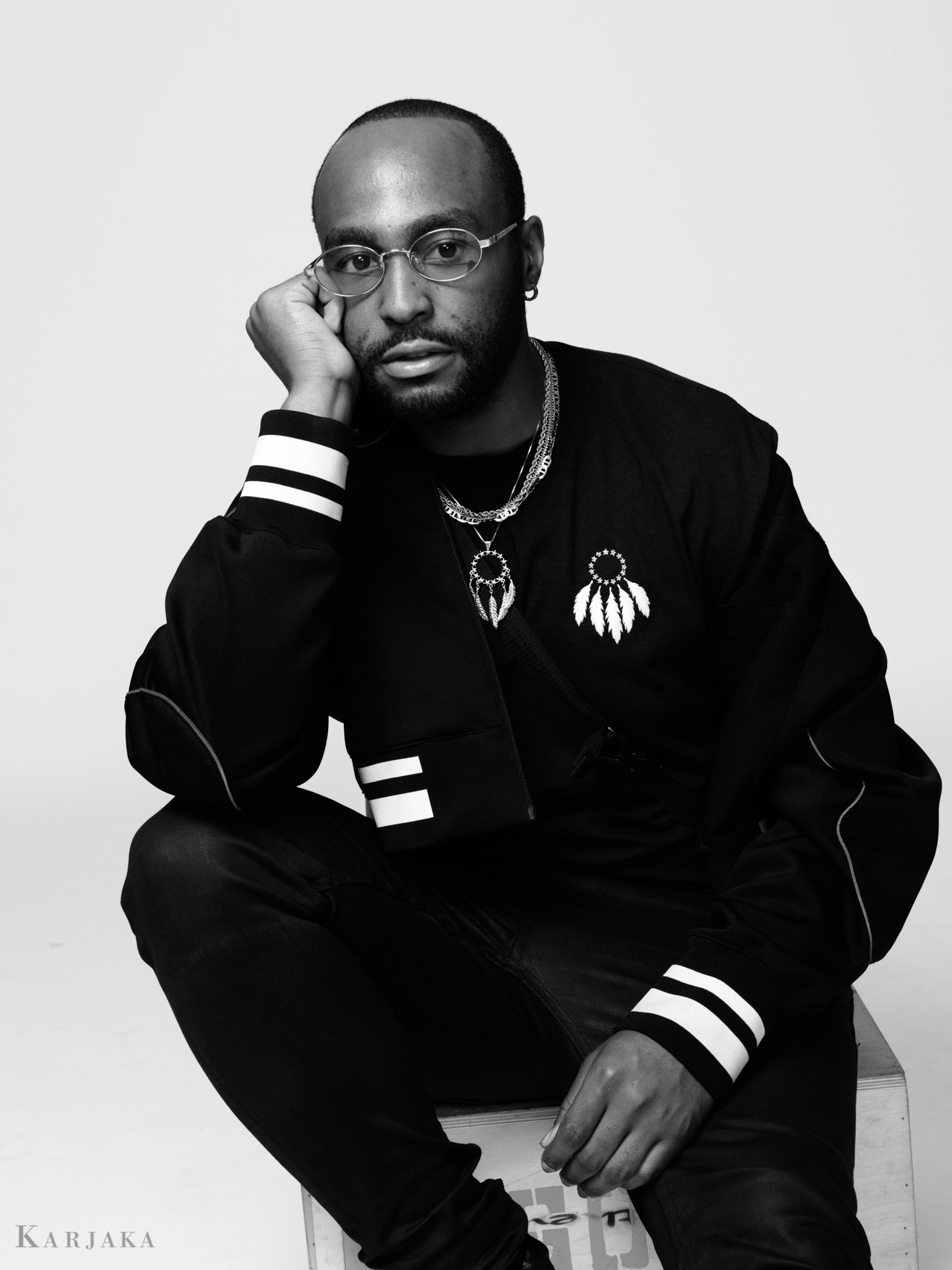
Do you remember when cabin fever had set in for you last year, and the weight of the world felt so heavy? I do that was June 2020, at least three months into a pandemic, sitting home, witnessing the unnecessary murder of George Floyd. This moment of reckoning sparked one of the largest civil rights movements in recent times. And in that time, I started to see many major companies and brands publicly began putting out messages of solidarity, “We stand with you,” “BLM,” “End systemic racism,” etc. Did you notice that? It was hard not to look at those statements as cap and performative, especially when no real change was happening in the workplace for Black staff or in the classroom for Black students. The industry often uses buzzwords to describe the future, sustainability, authenticity, and currently, its favorite one is inclusivity. But inclusive for who, and where should it begin? Education and the fashion curriculum. However, the industry, which includes fashion schools, continues to perpetuate the eurocentric standard of beauty and design. Black students often find it more challenging to succeed in places where they aren’t heard, seen, or supported. And for many Black children, social inequities and structural barriers beginning early and continue throughout their life. How can education create real long-lasting and provide a space where more students of color can succeed?
Change in fashion can happen. To start is to cut out the fancy buzzwords and look at real systemic change through the curriculum. Fashion education is a space where students should be allowed to reflect more on different thoughts and designs. Fashion influences body, agency, and identity. It’s a space where social inequities are unpacked in many creatives ways through design. However, the industry still holds a narrow view trapped in the on European beauty standards. In turn, the curriculum is biased while Black history and contributions continue to be diminished. Black students may see it as they aren’t important while other students may have missed a learning lesson. Schools and educators should focus on adding more elements of African American/Indigenous studies. The next-gen creatives and innovators are the future of the industry, what they’re learning and who is teaching have long terms impacts.
Our current fashion curriculum further exacerbates barriers for students of color, which ultimately stagnates the industry. What’s crucial here is how schools teach the next generation. Do we give them a space to dream, a space to explore their culture or do we rigidly tell them the expectation based on the industry-standard? Who we allow teaching is an important factor as well, if your professor doesn’t see the importance of the contributions from people like Jay Jaxon, students will leave with the same narrow teachings. There are few classes in some design schools that provide classes where race is explored within Fashion, Kimberly Jenkins is doing great work in that space.
For the next generation of fashion leaders, school ideally should be the place students get to cultivate new ideas. A space to gain a new perspective, feel supported in their work, and take what the past has done and create something new and fresh. You shouldn’t choose to set aside Black creators while many of their innovations have truly impacted the industry. Their history is well worth knowing. For “inclusivity” to not just be a word used in lectures because it’s the IT word all stakeholders need to be considered, especially students and faculty for marginalized backgrounds.
Embedding into the curriculum should be center on communities of color and more African American studies. It is a moment where white students can be engaged with racial inequity at an early age. When curriculum explicitly leaves out Black contributions it can prevent expansive learning while missing out on a moment to create a new stream of thought, change. Simply put the curriculum is outdated and needs review. Although it won’t make up for the financial realities many Black students face when pursuing higher education. However, students need to be seen, heard and, supported, altering the curriculum to create a worldview inclusive to all communities, where contributions are celebrated, and schools hire more professors of color. Inclusive education isn’t only race, its body, its fabric, its accessible design.
